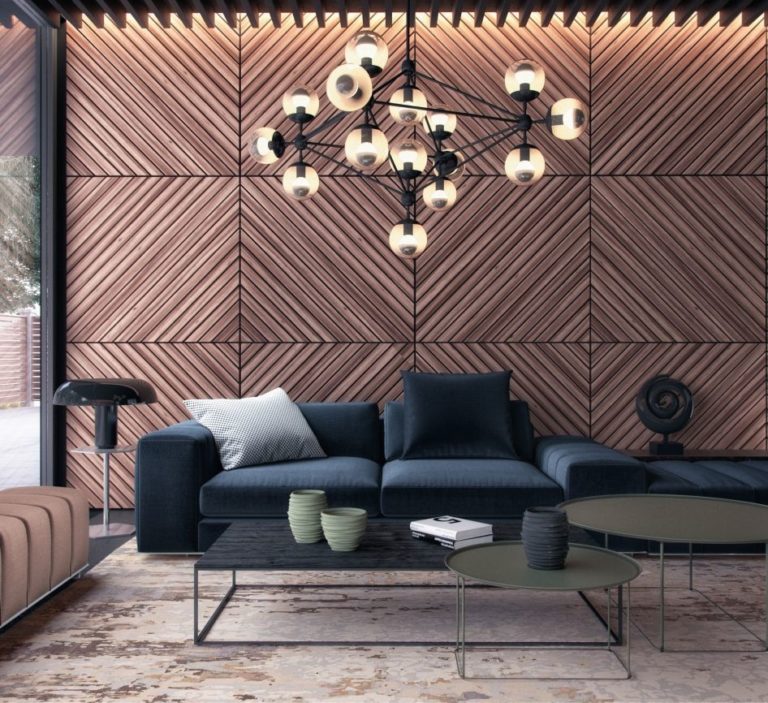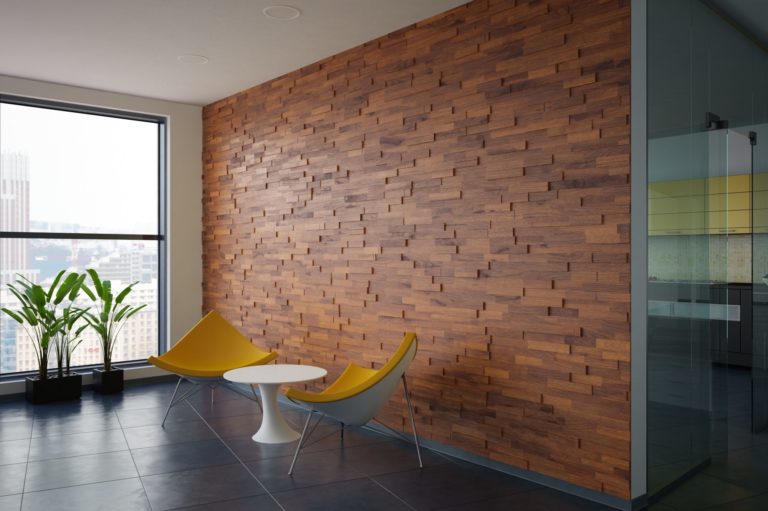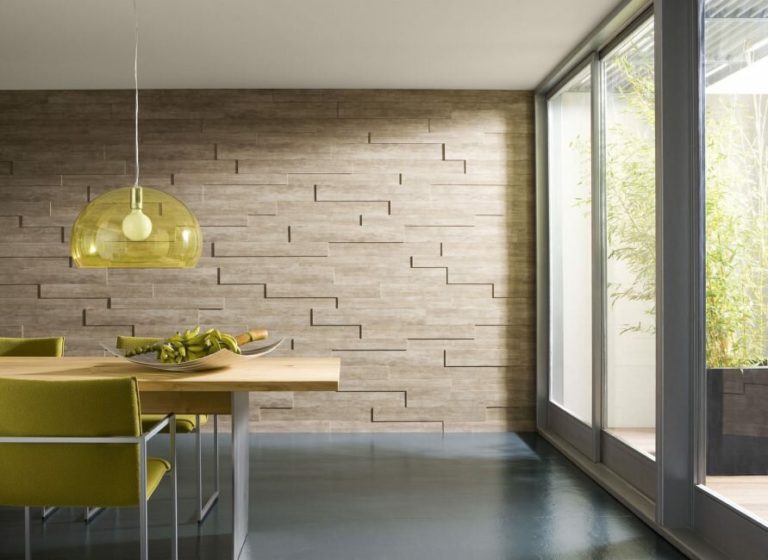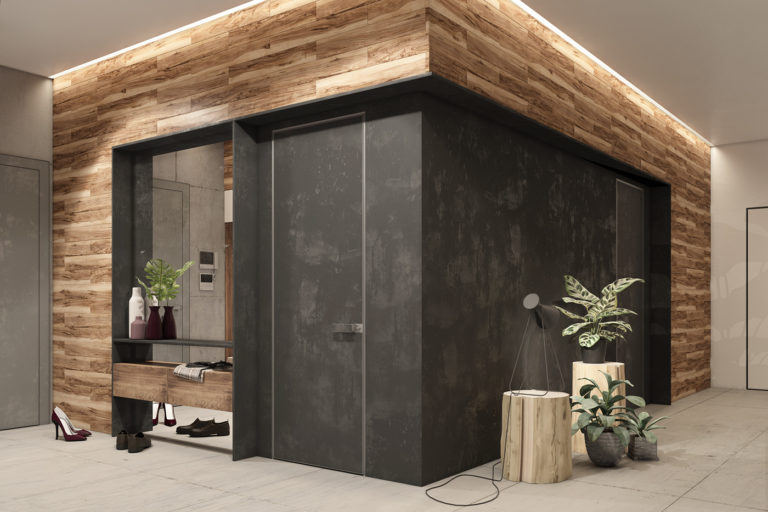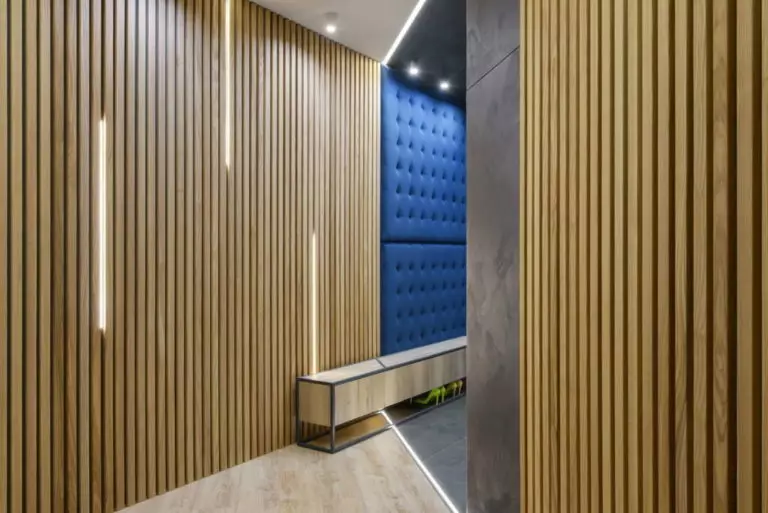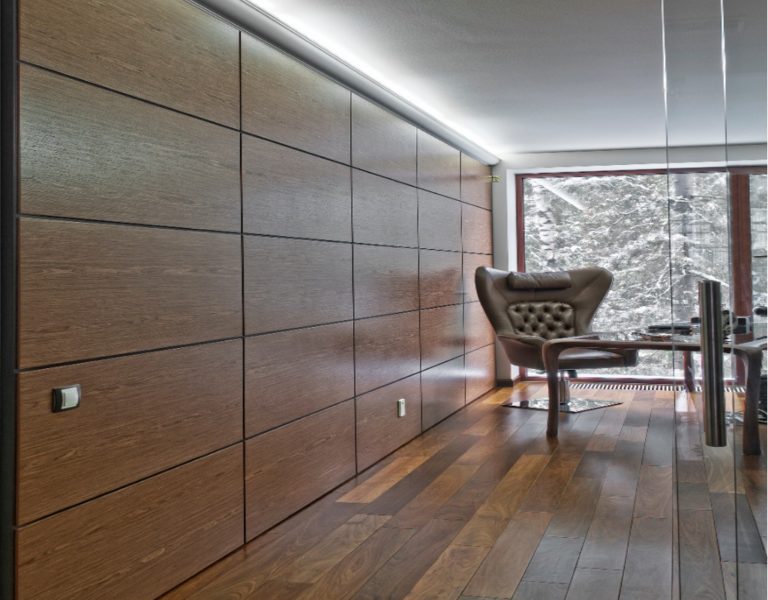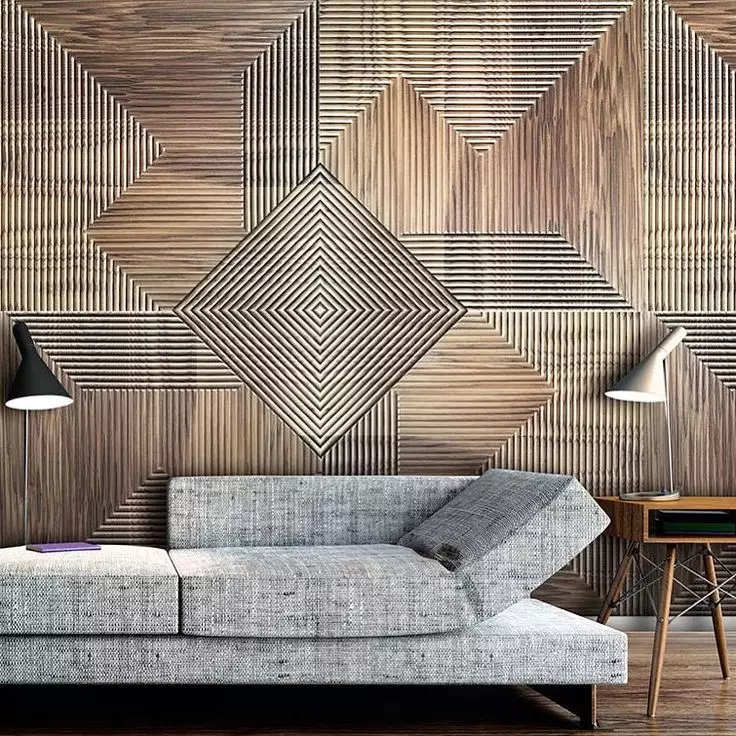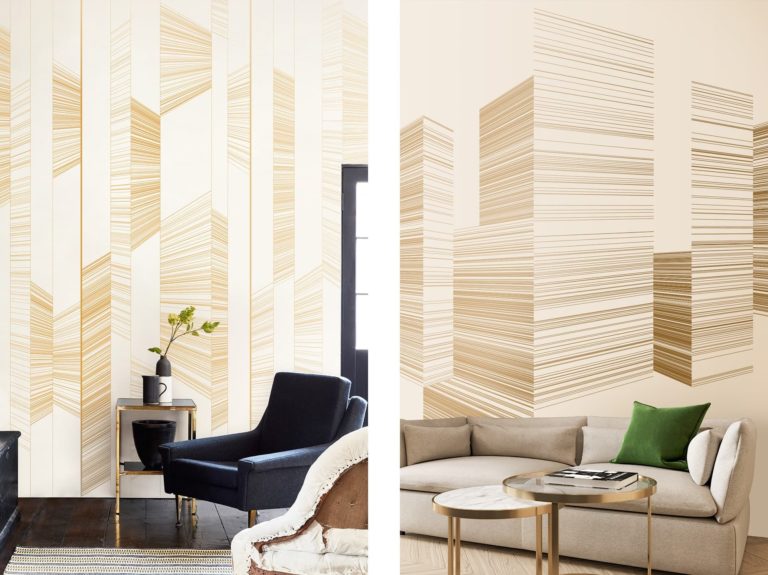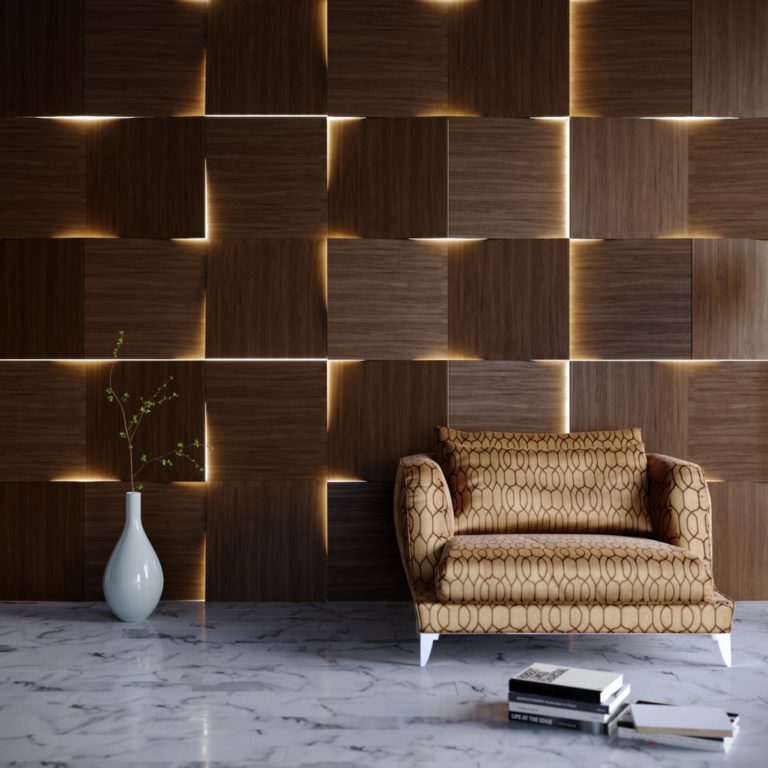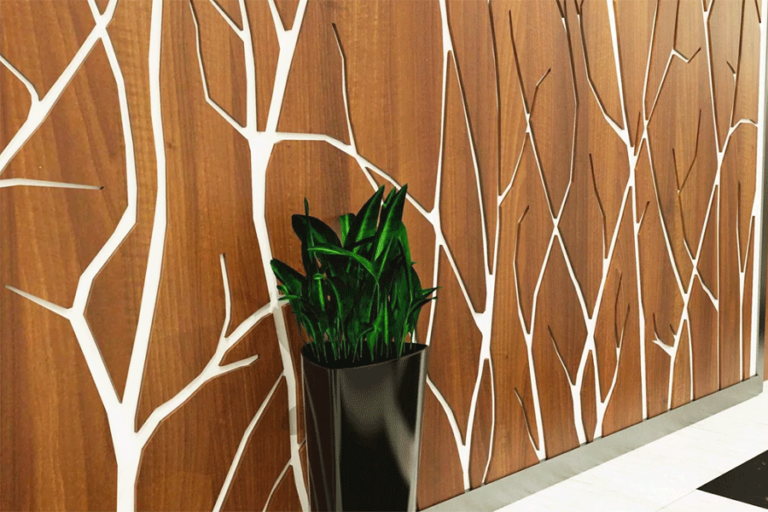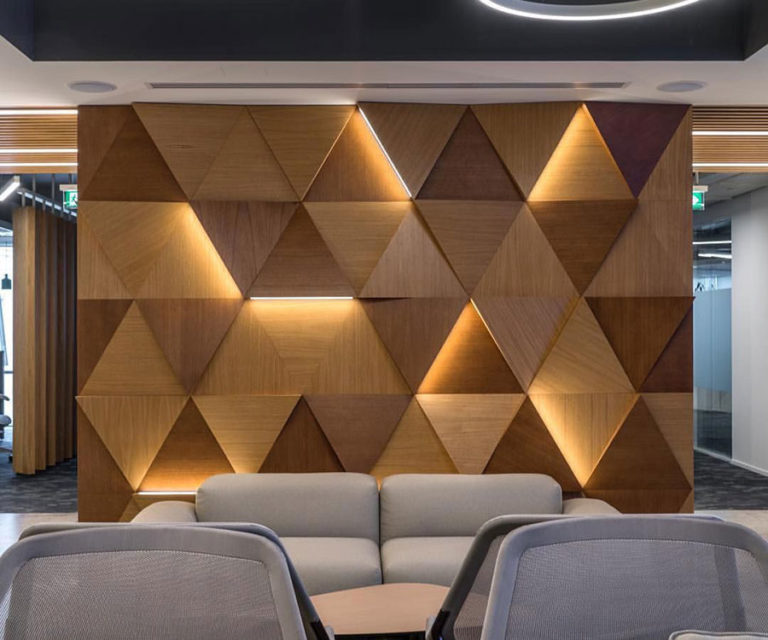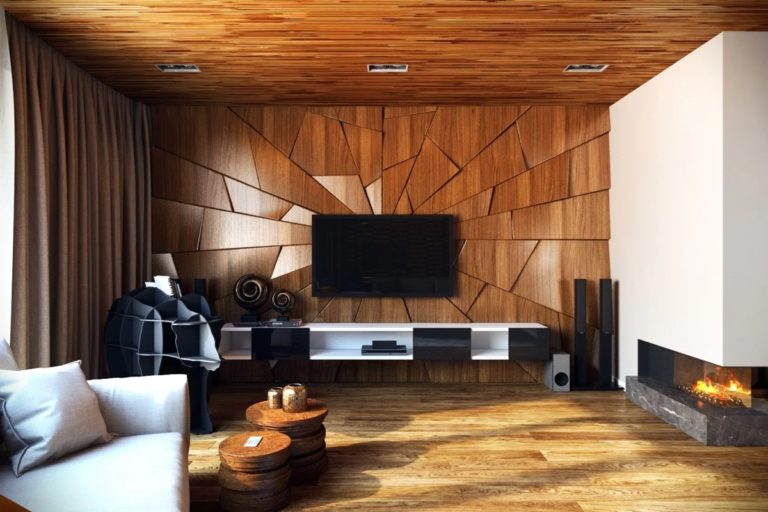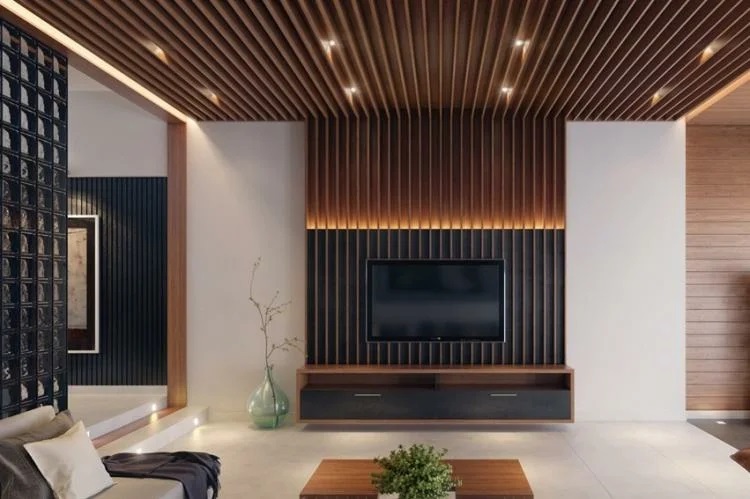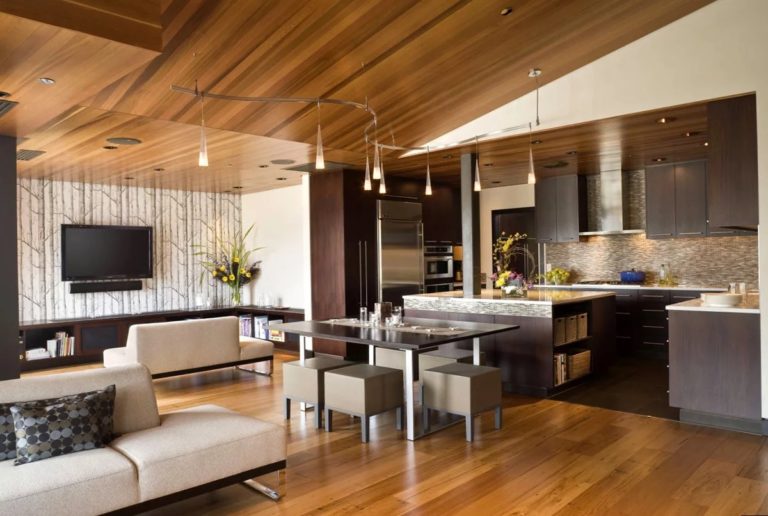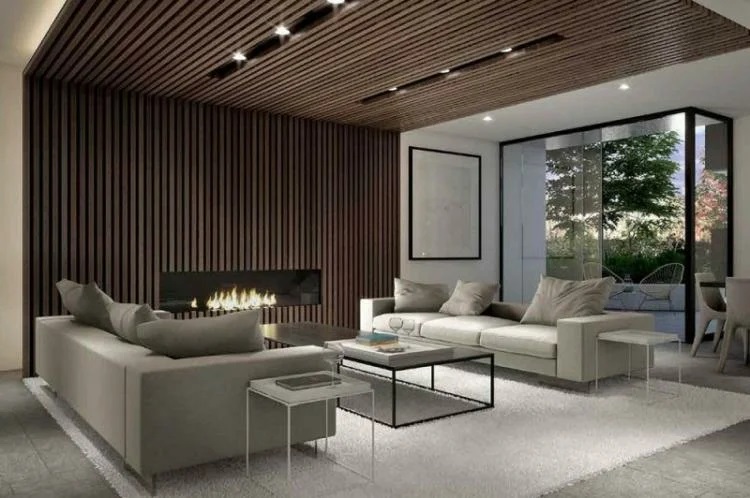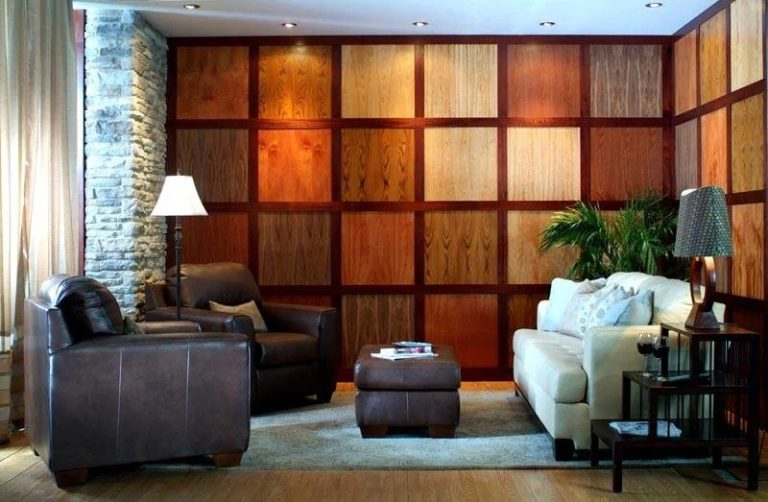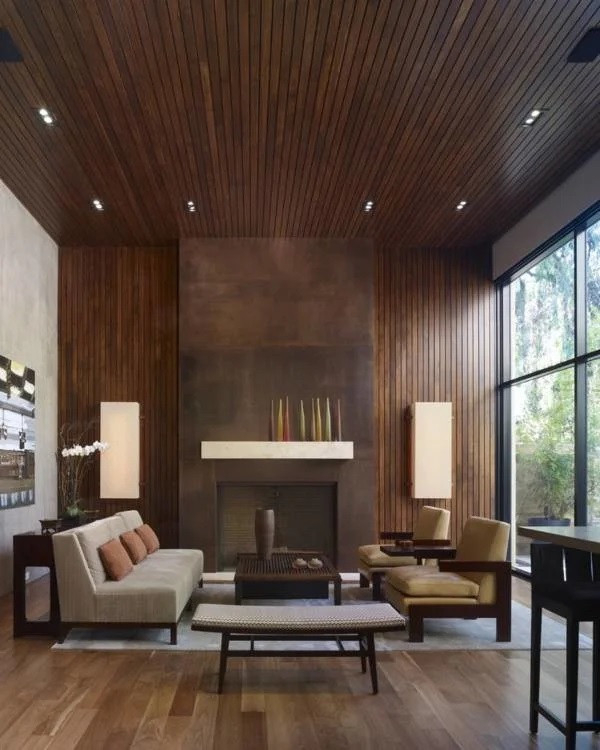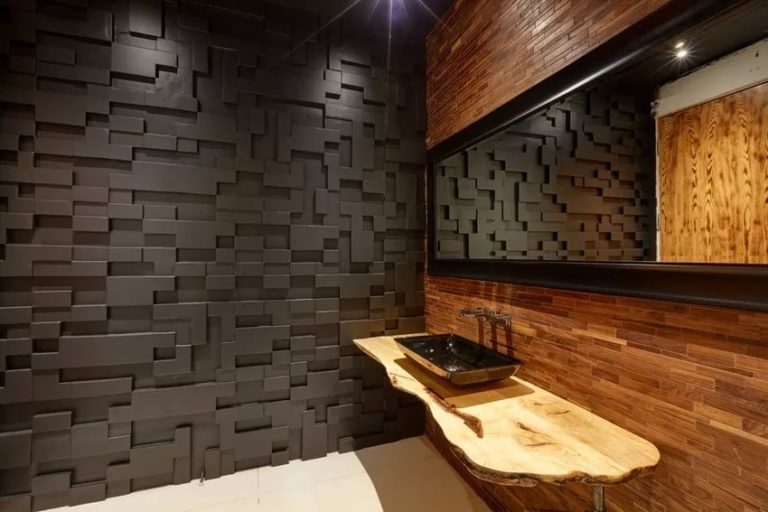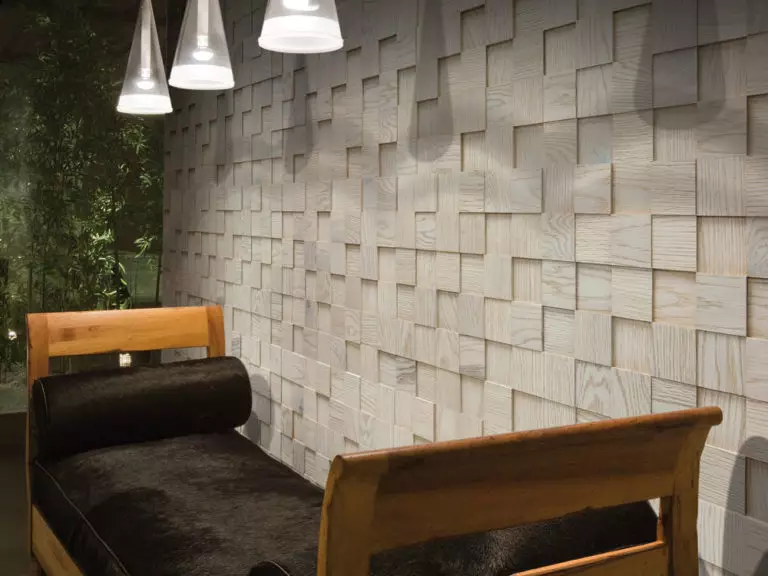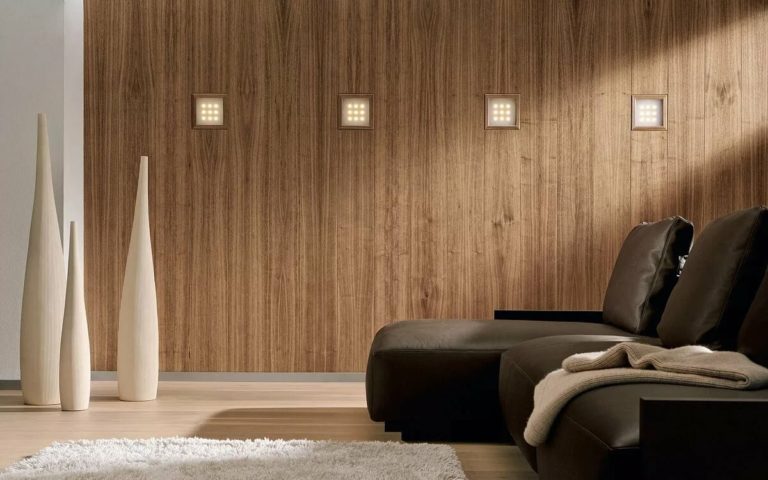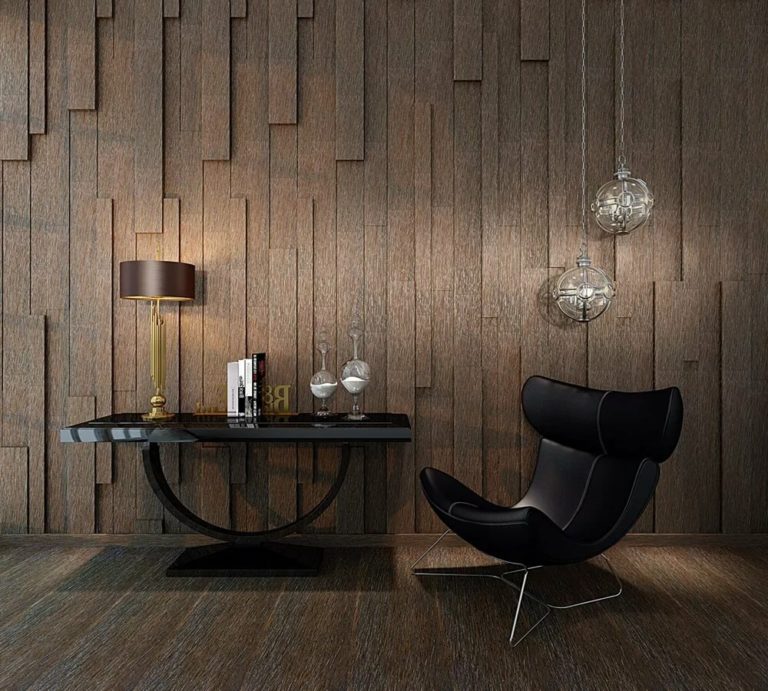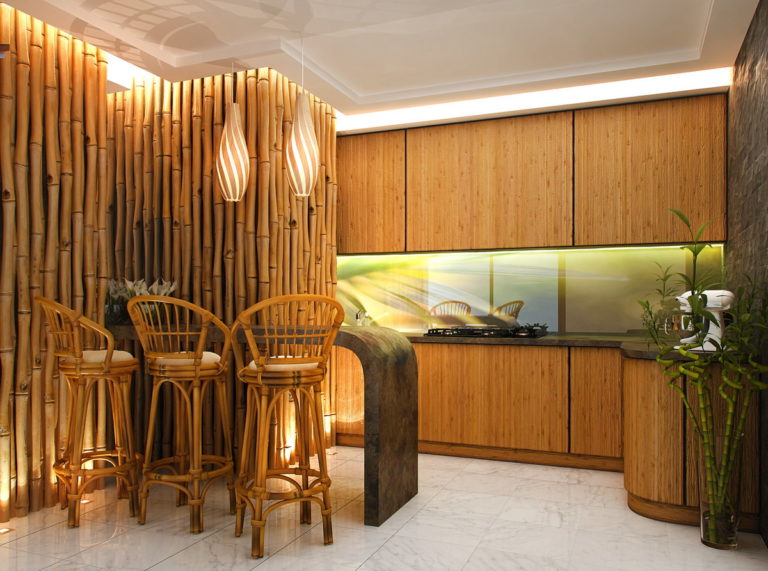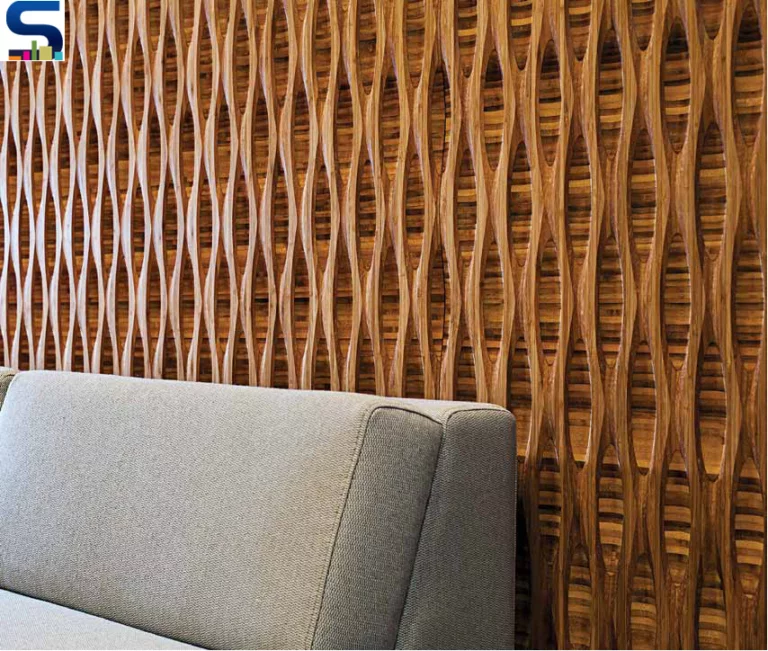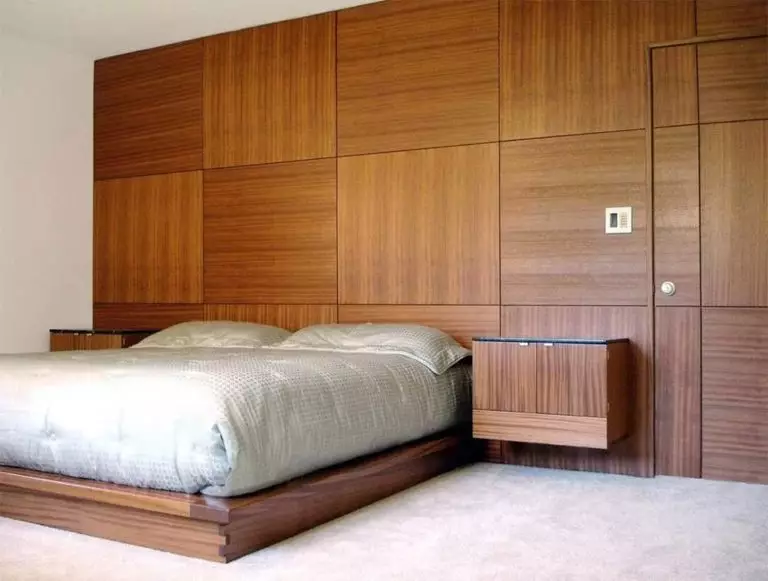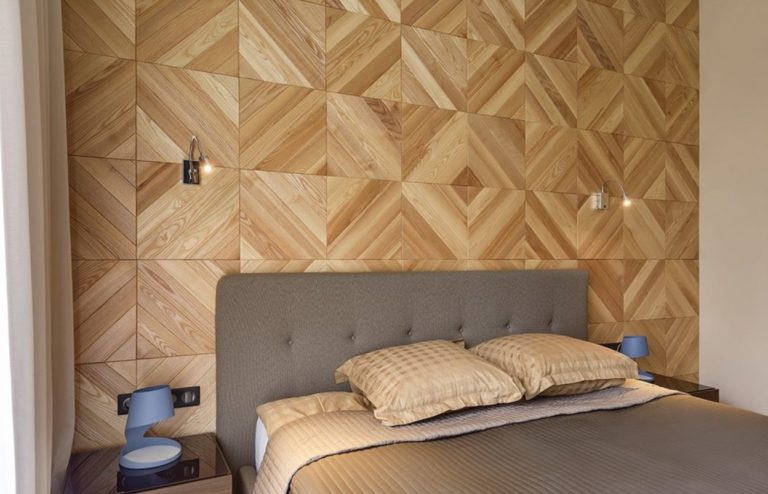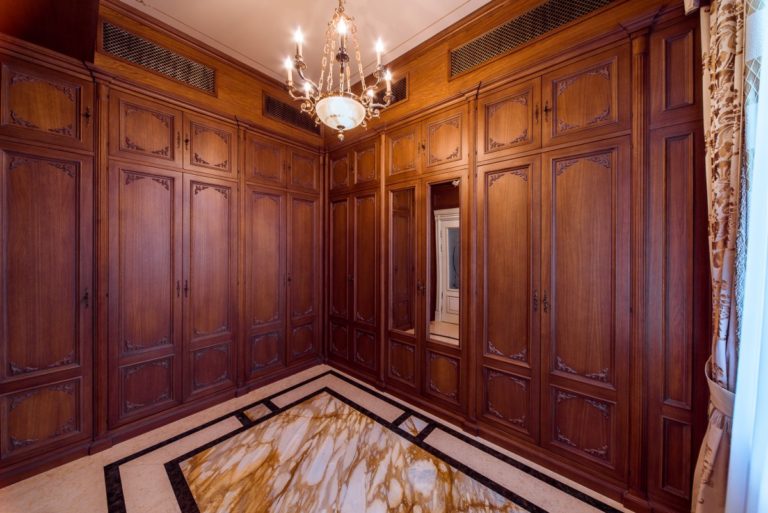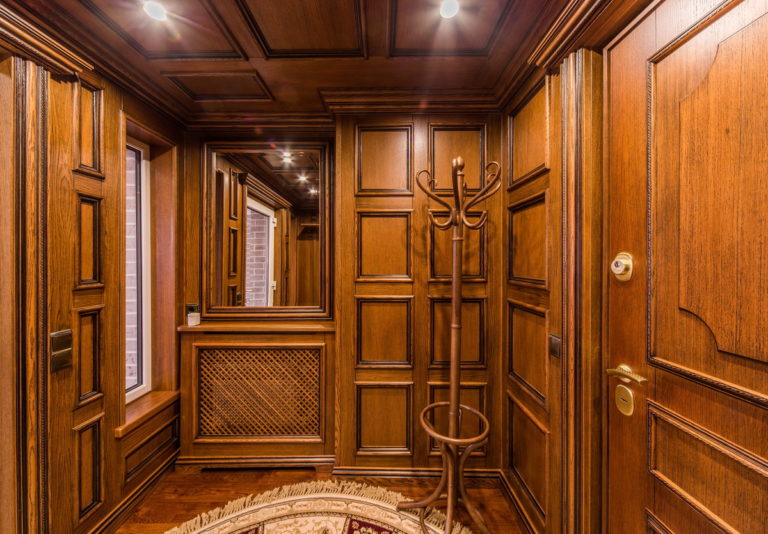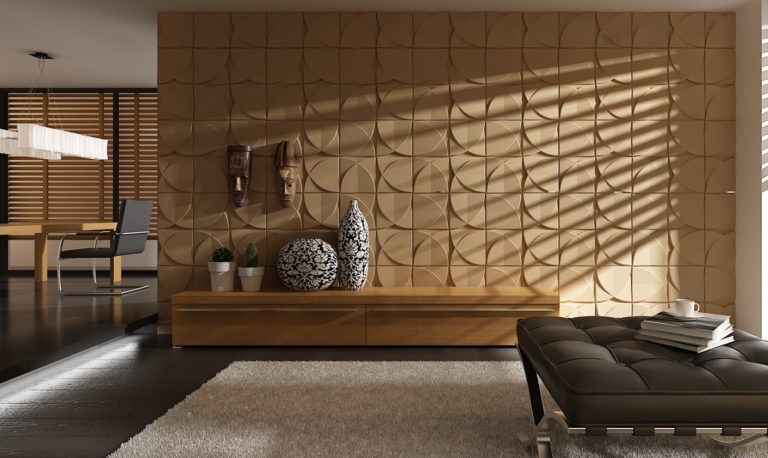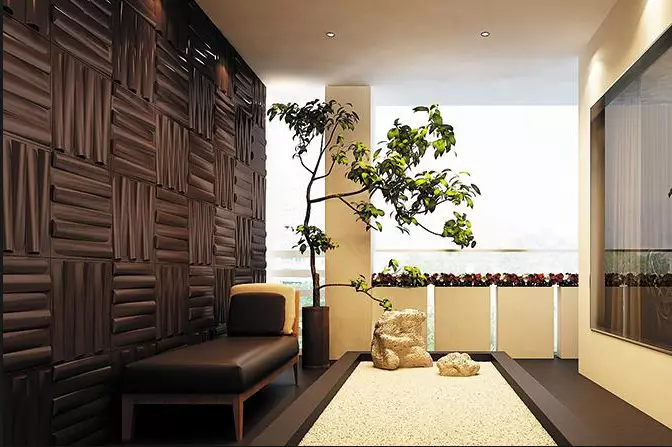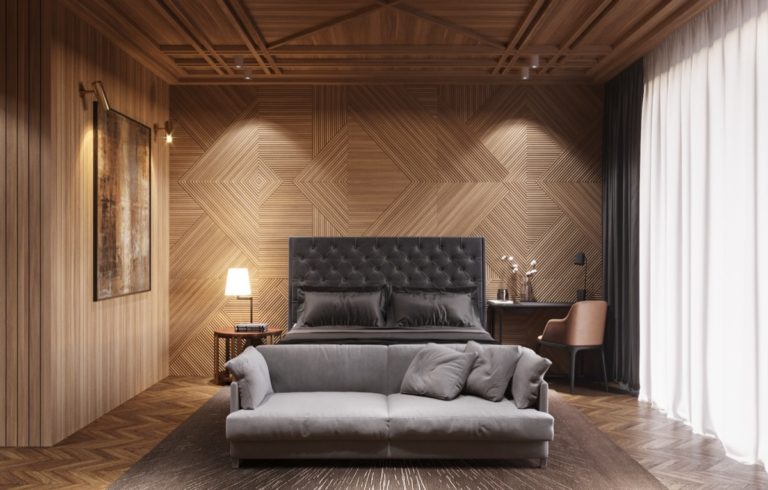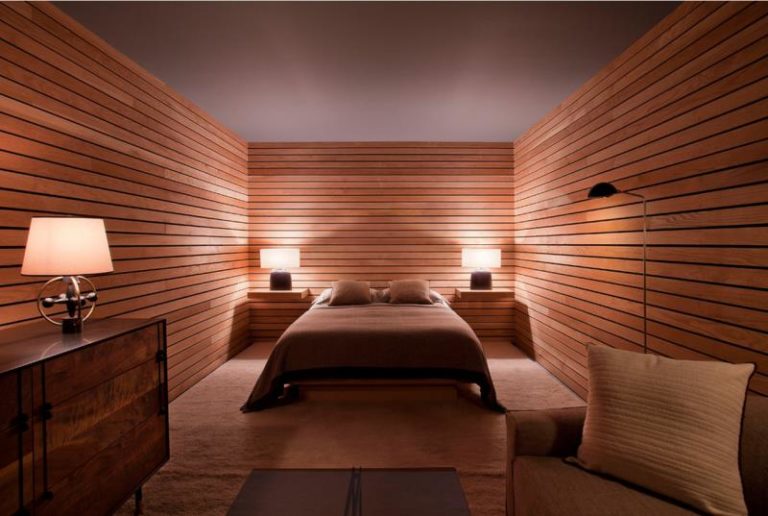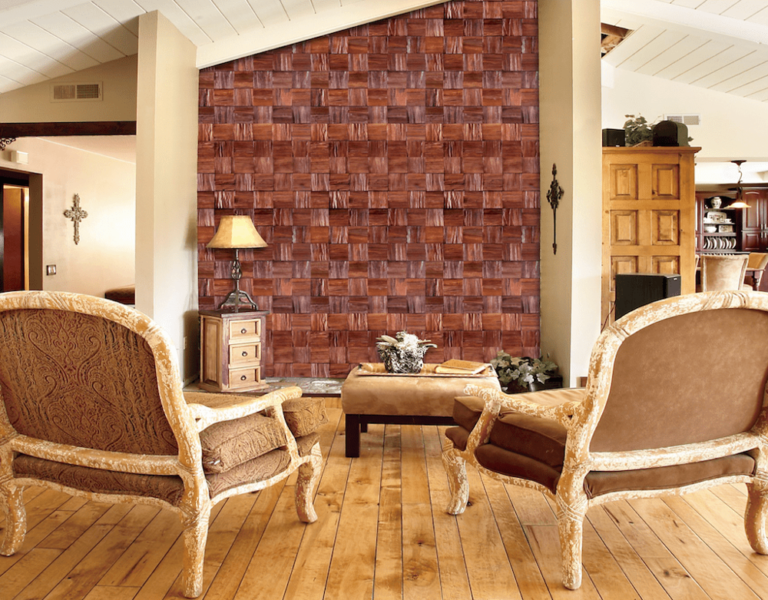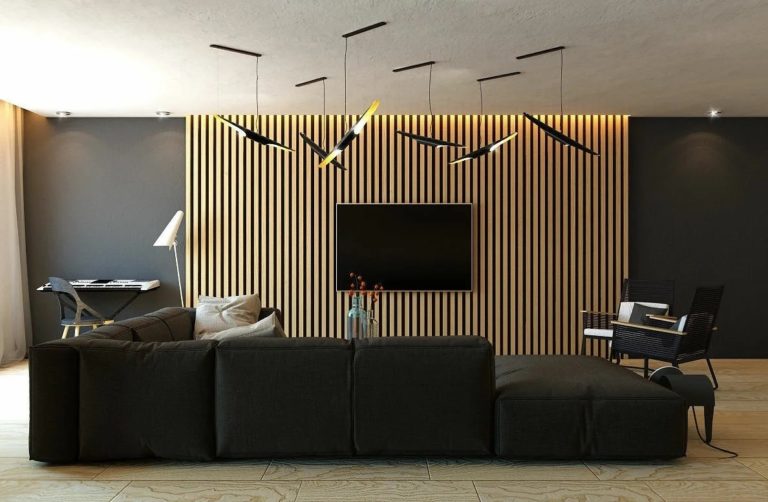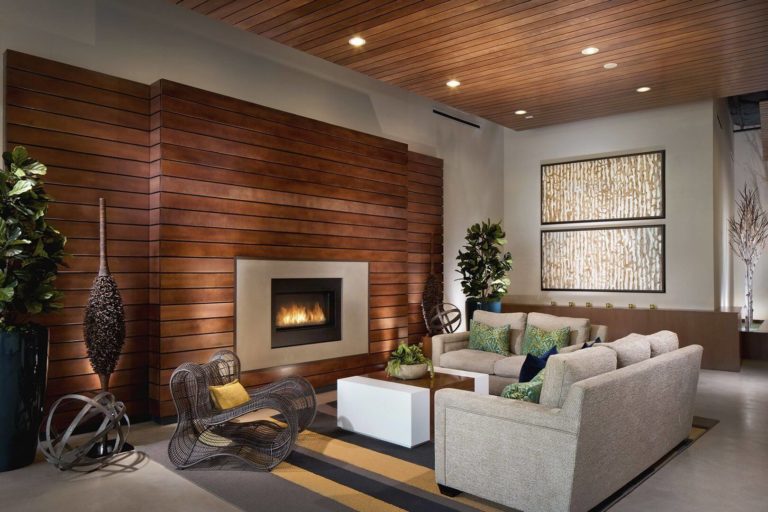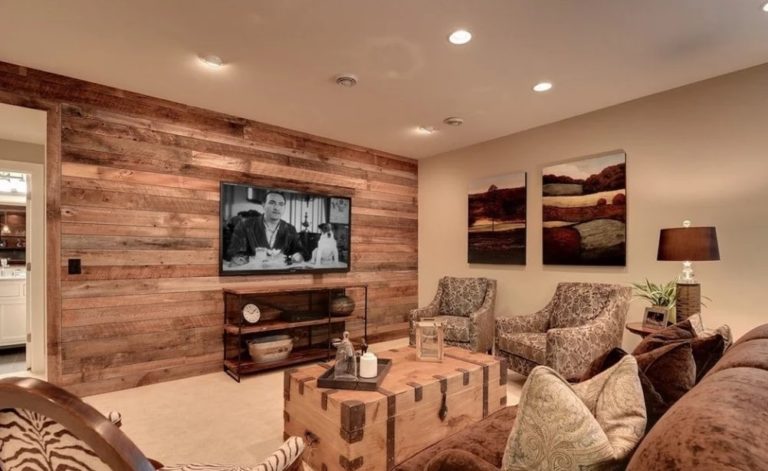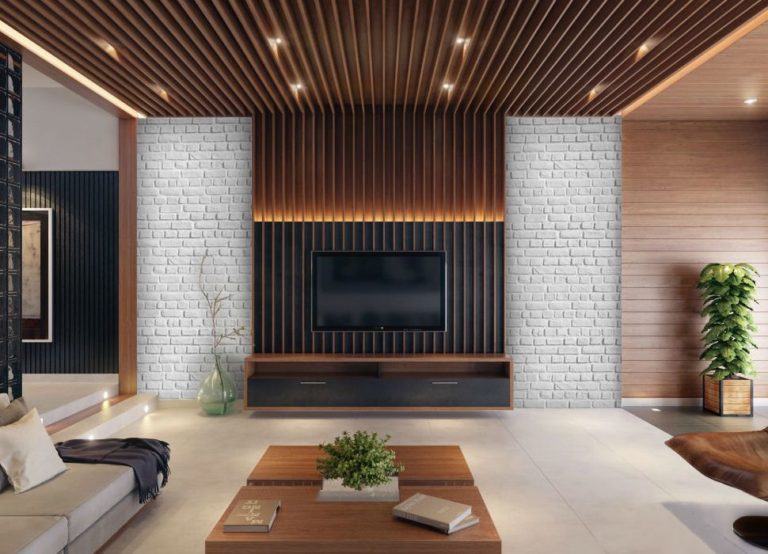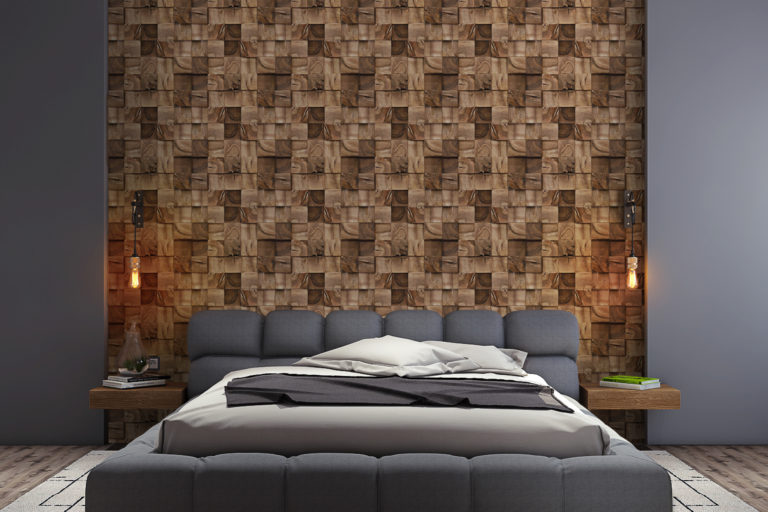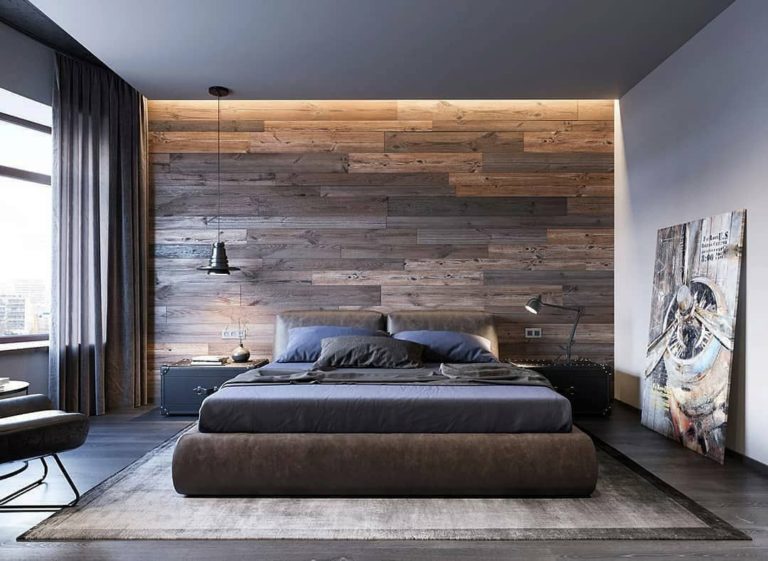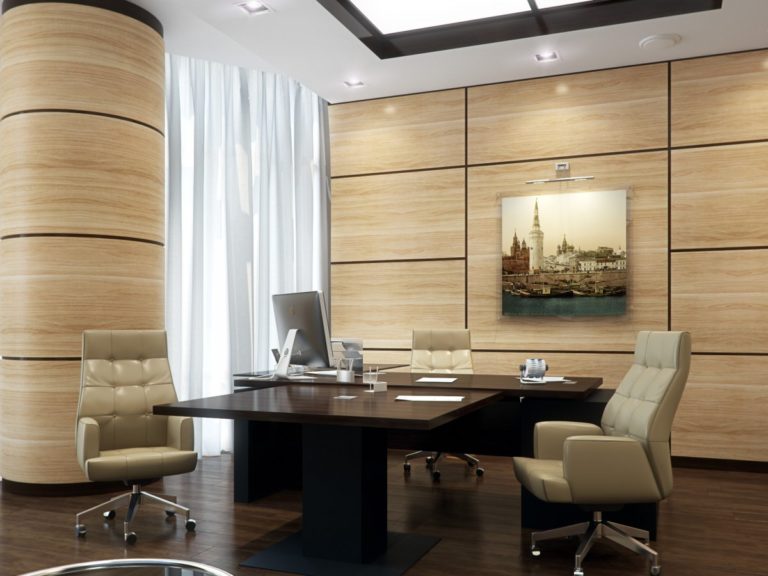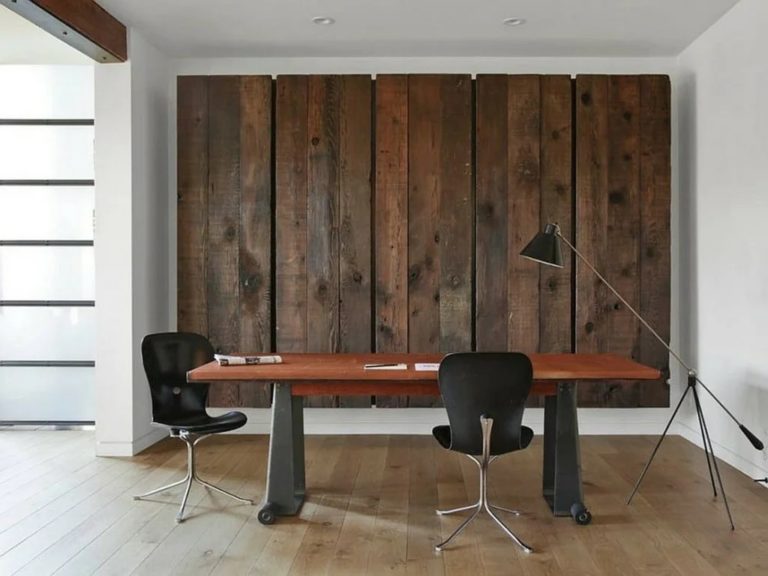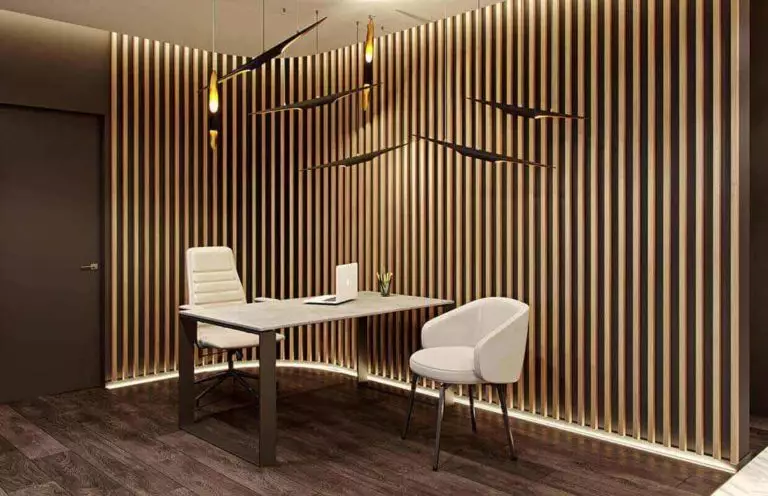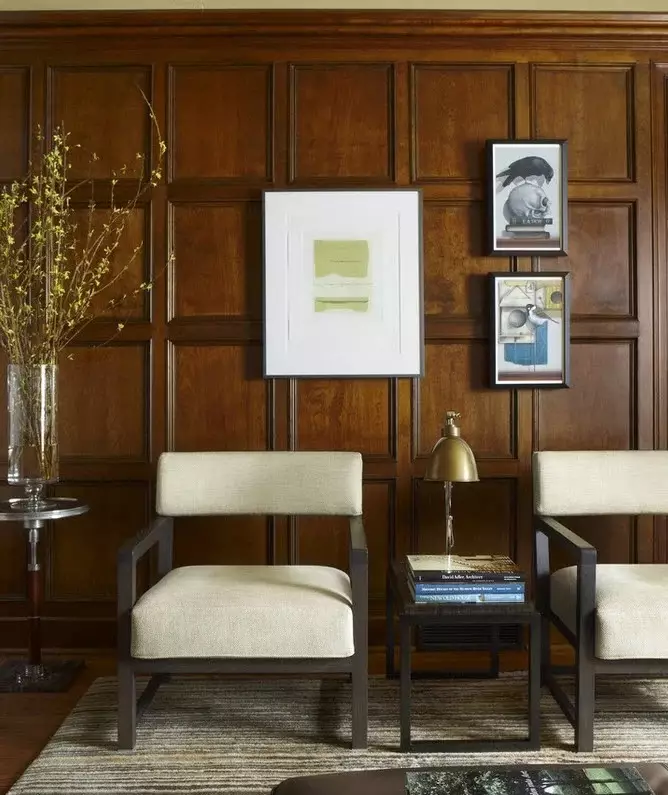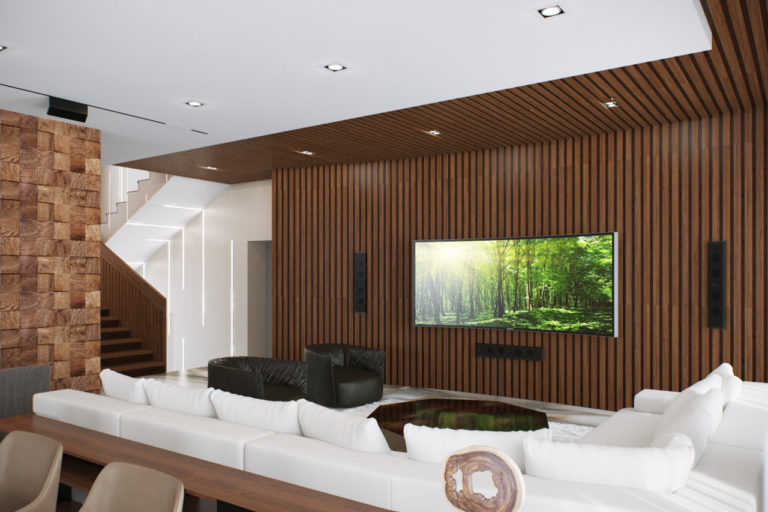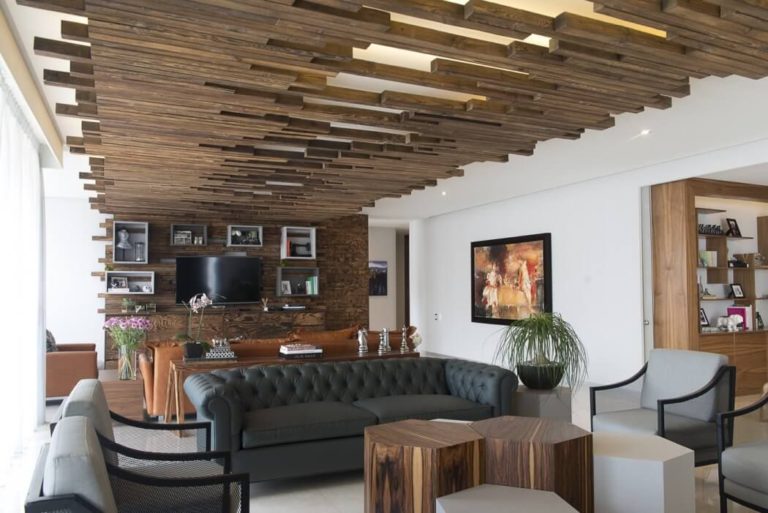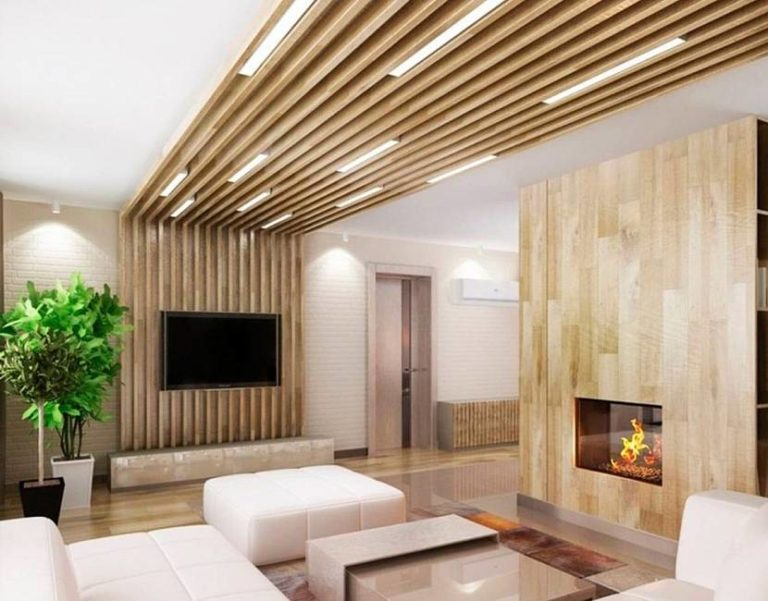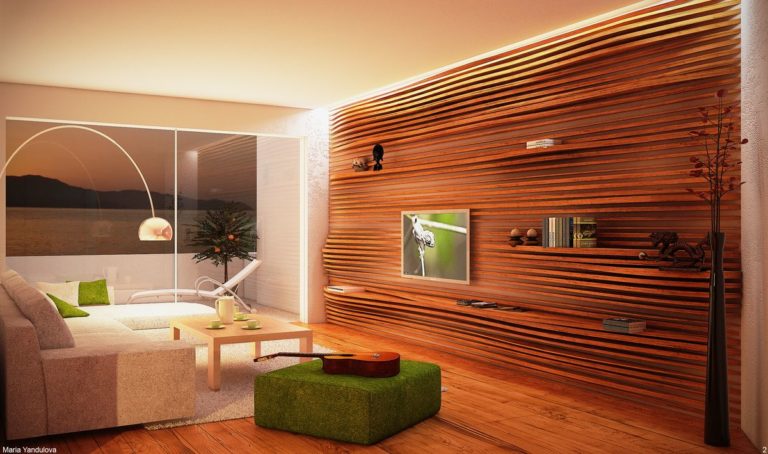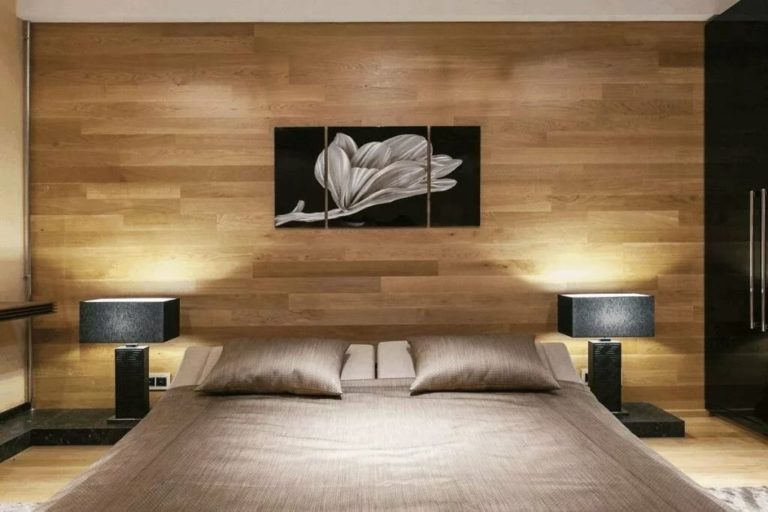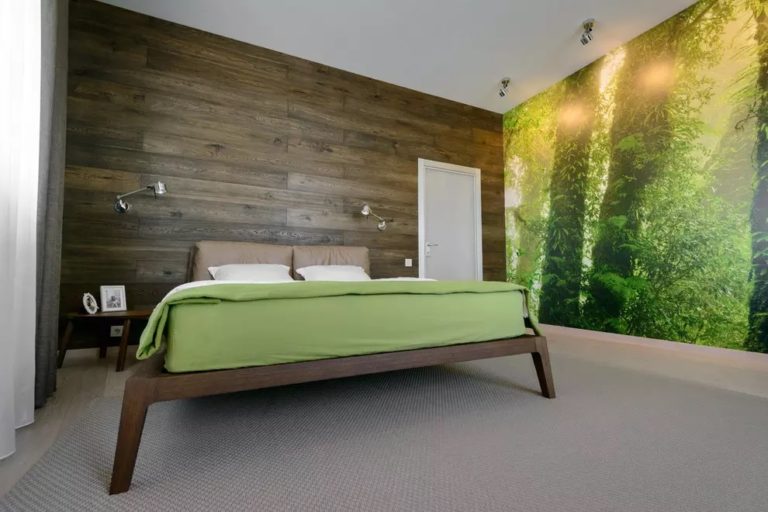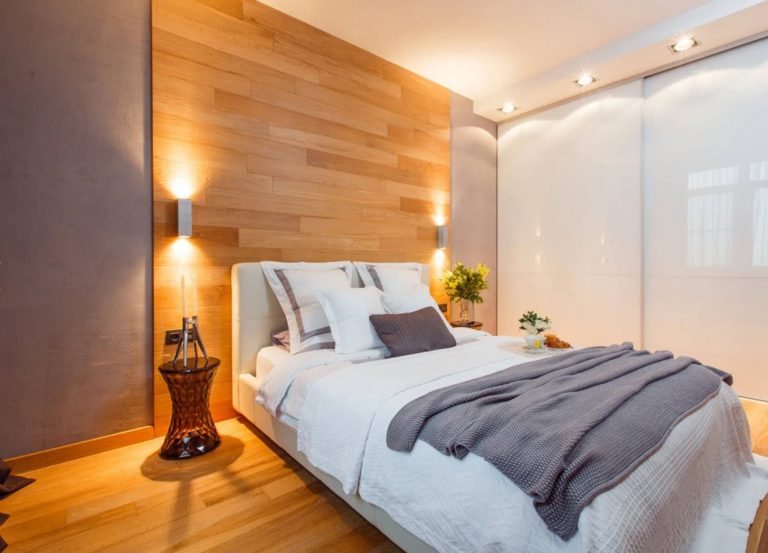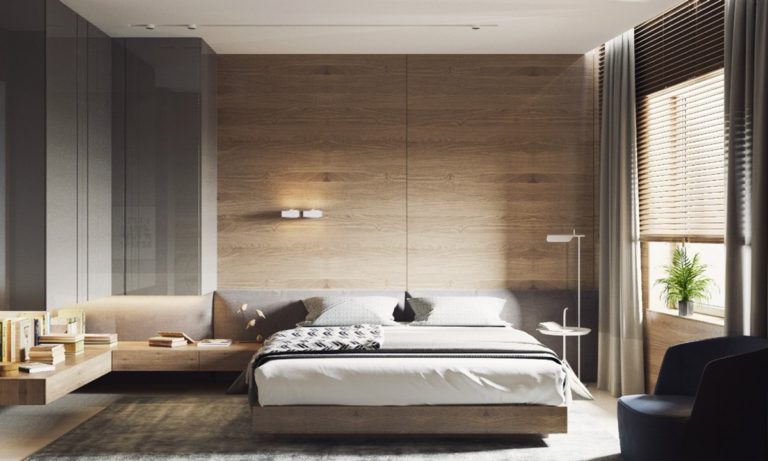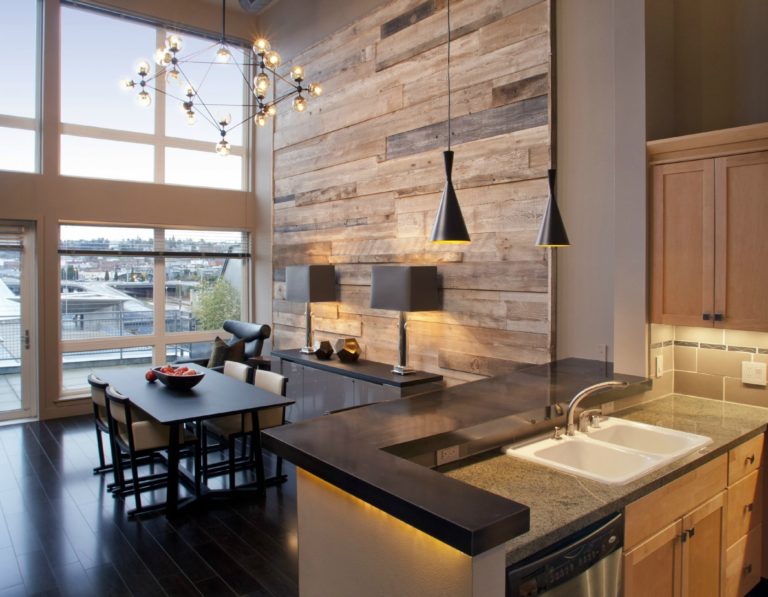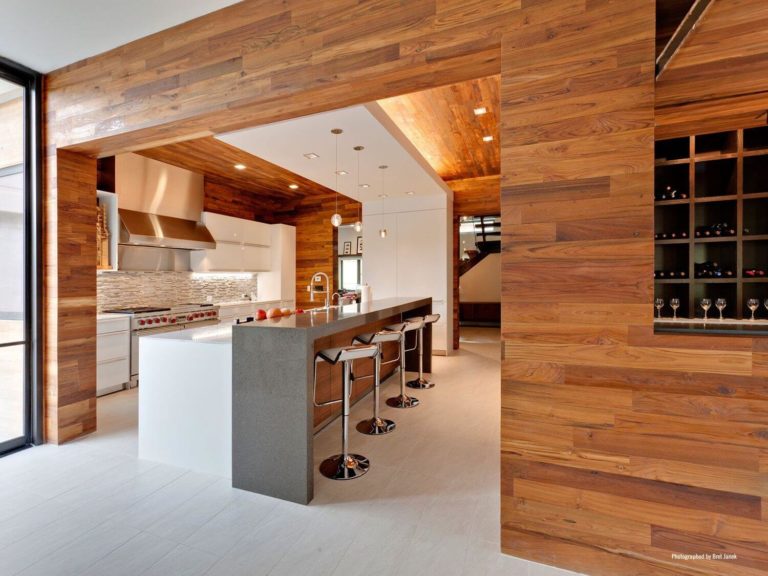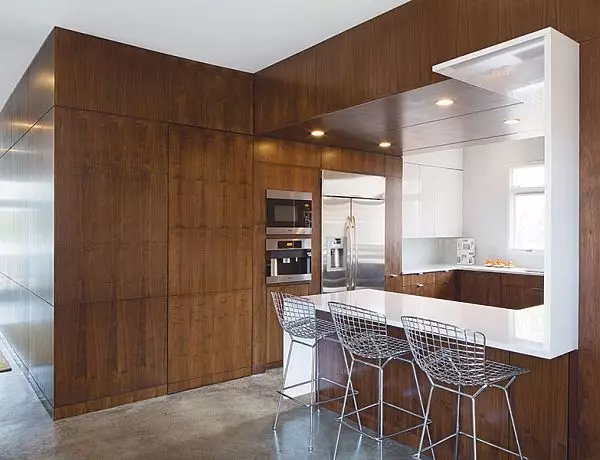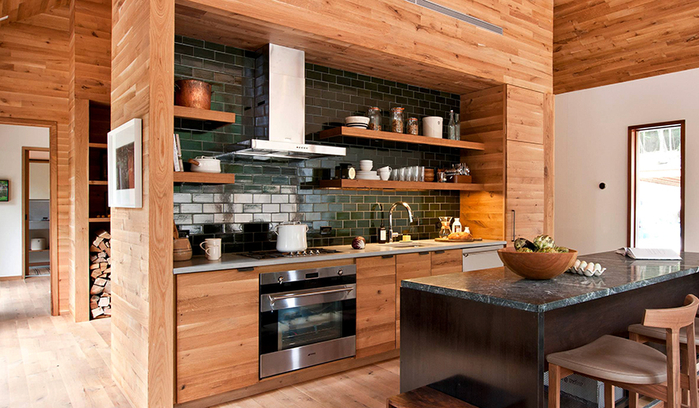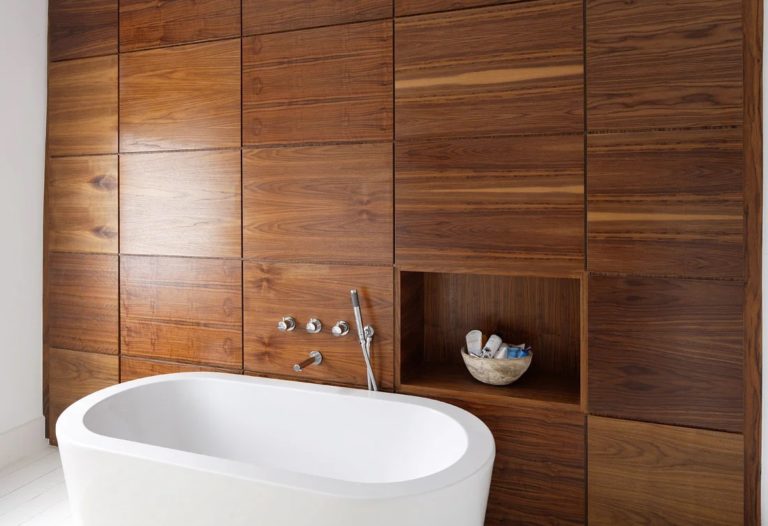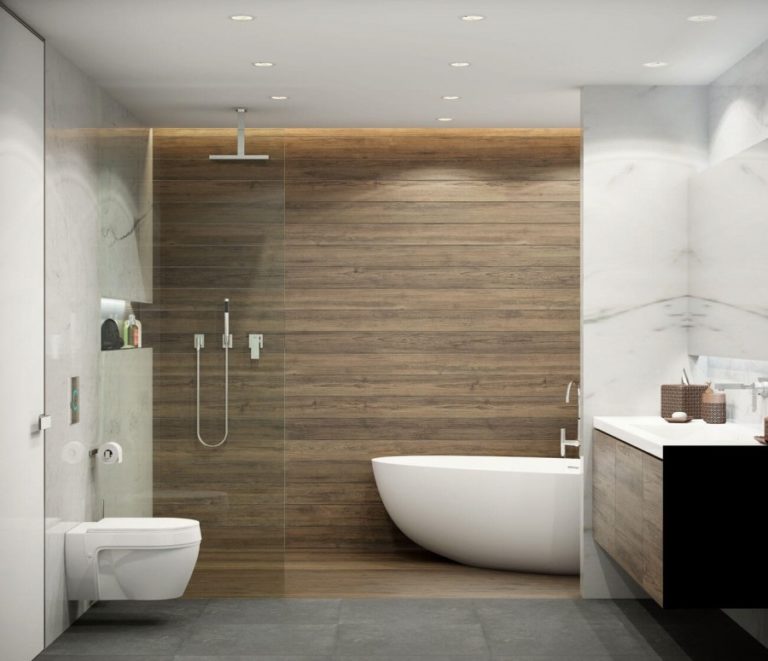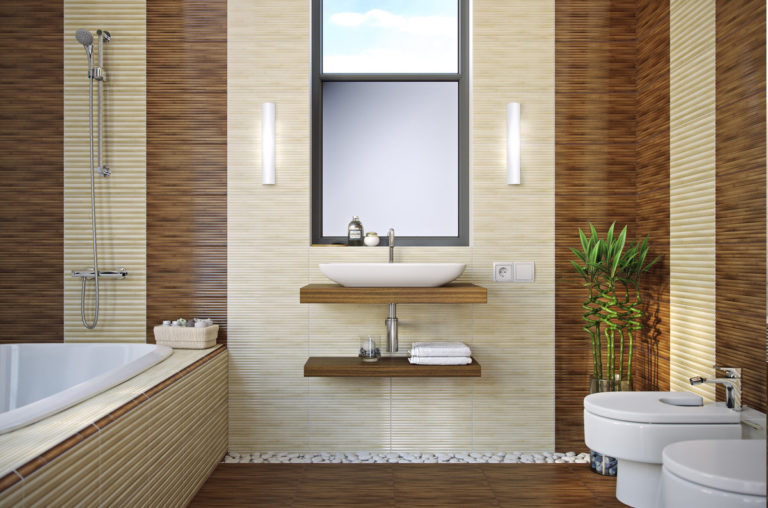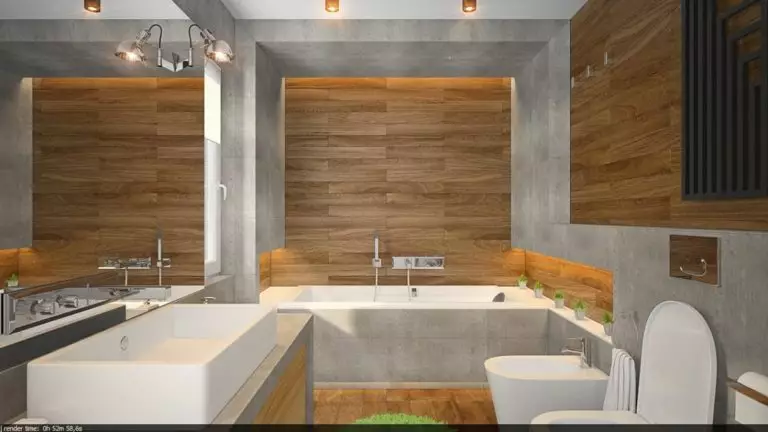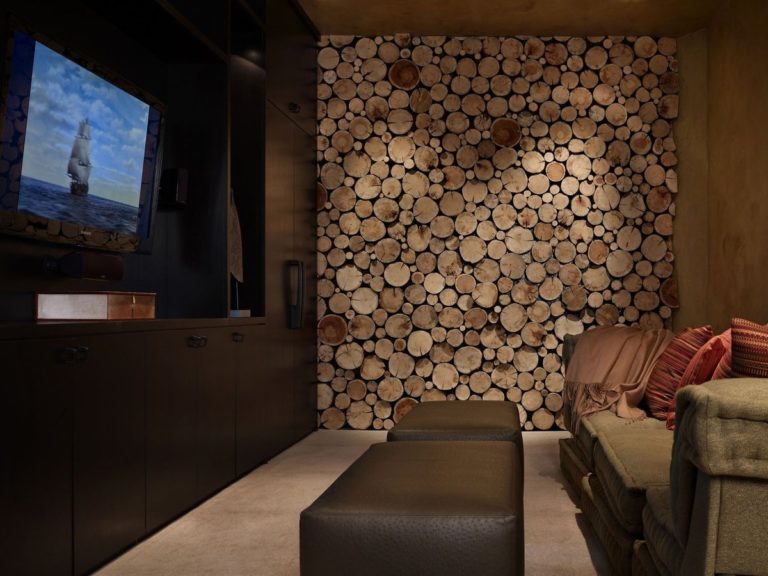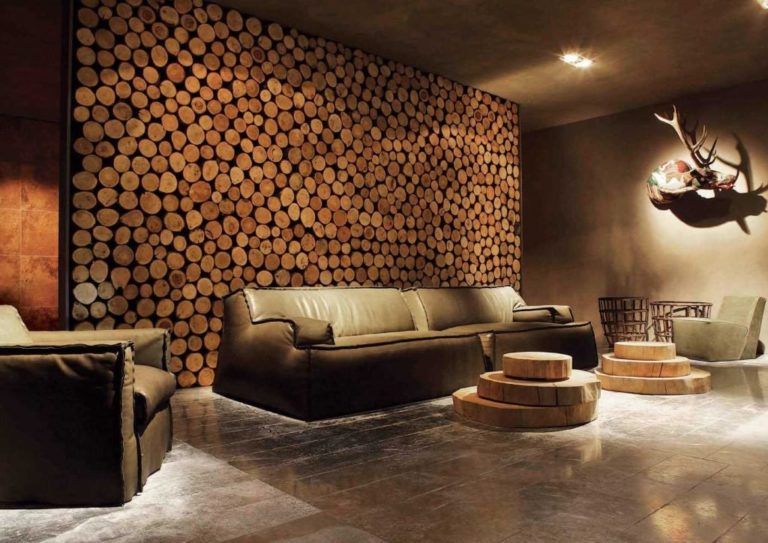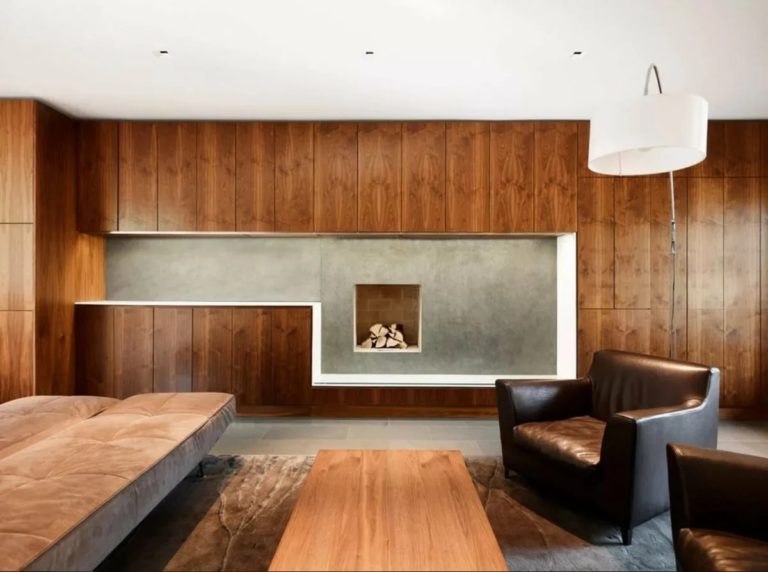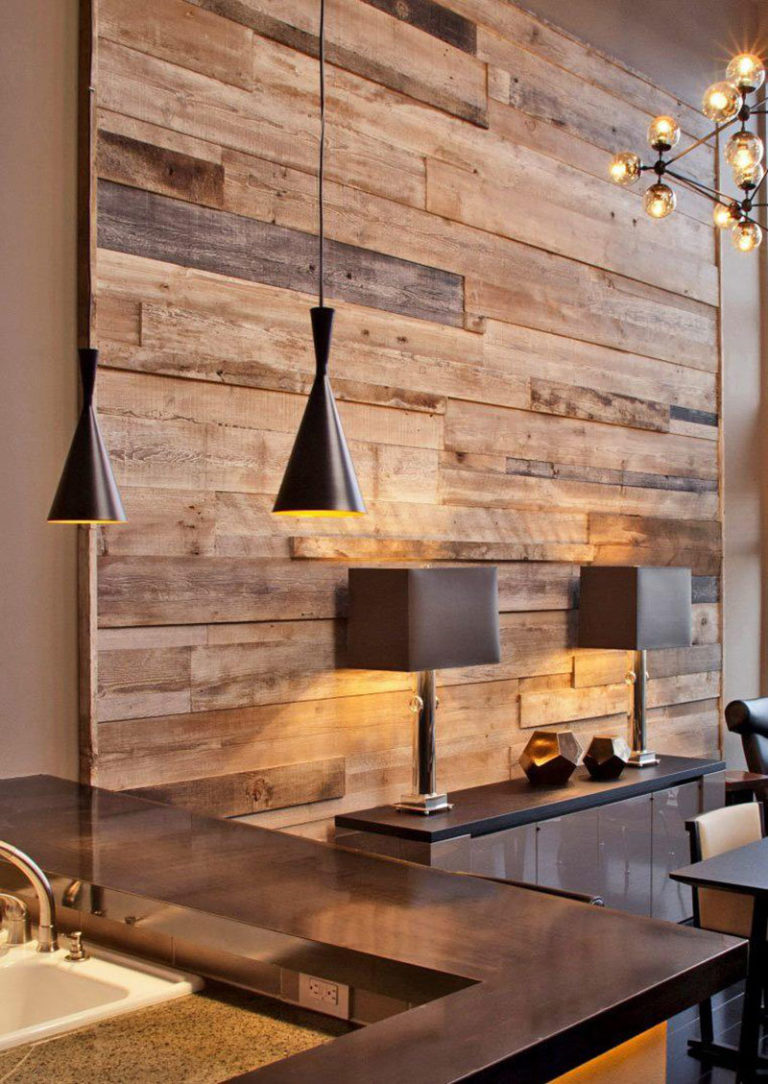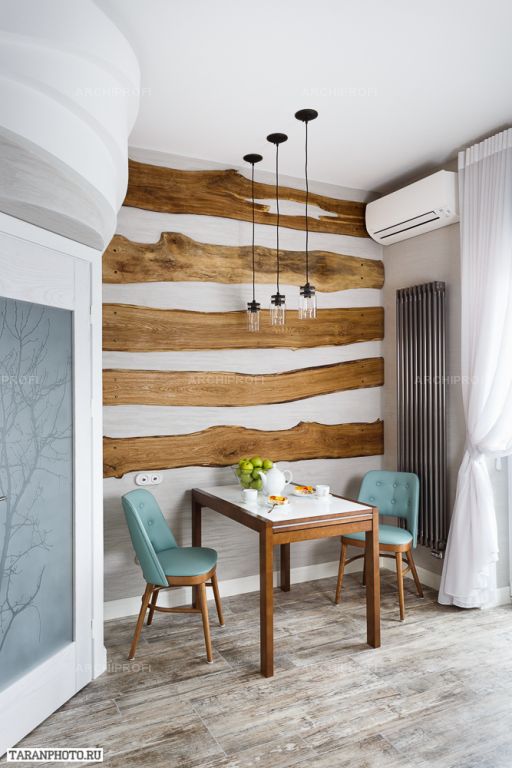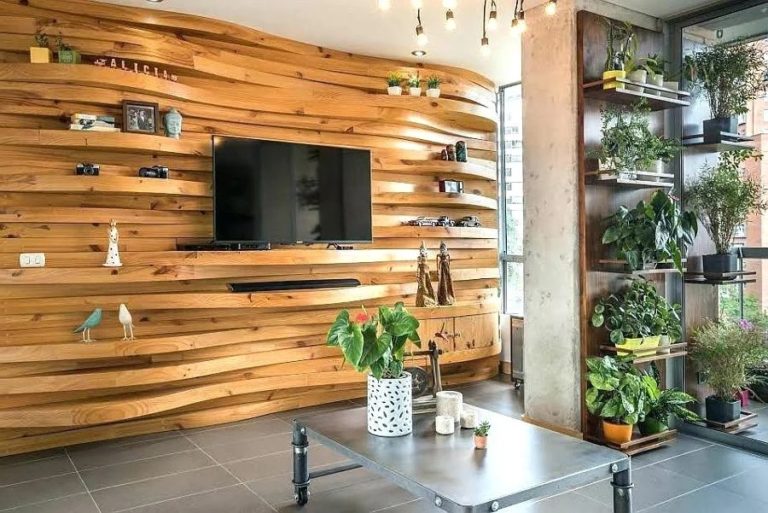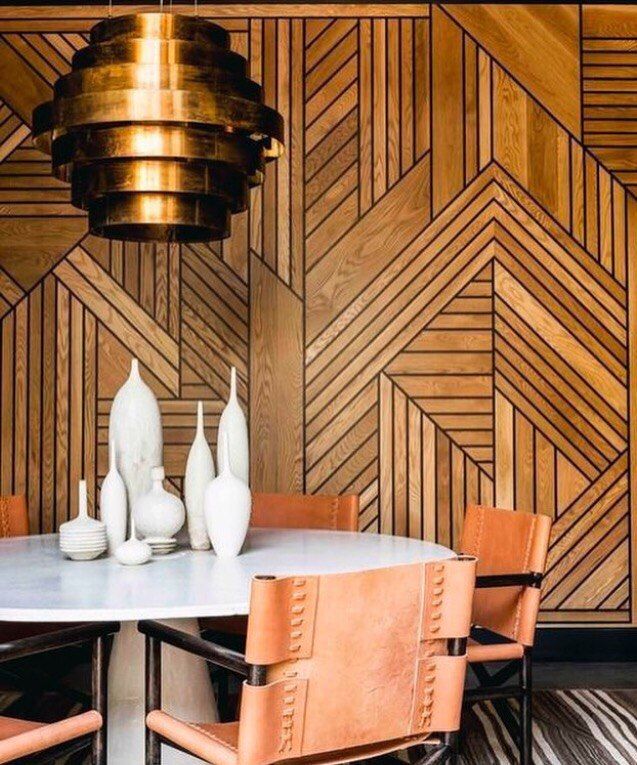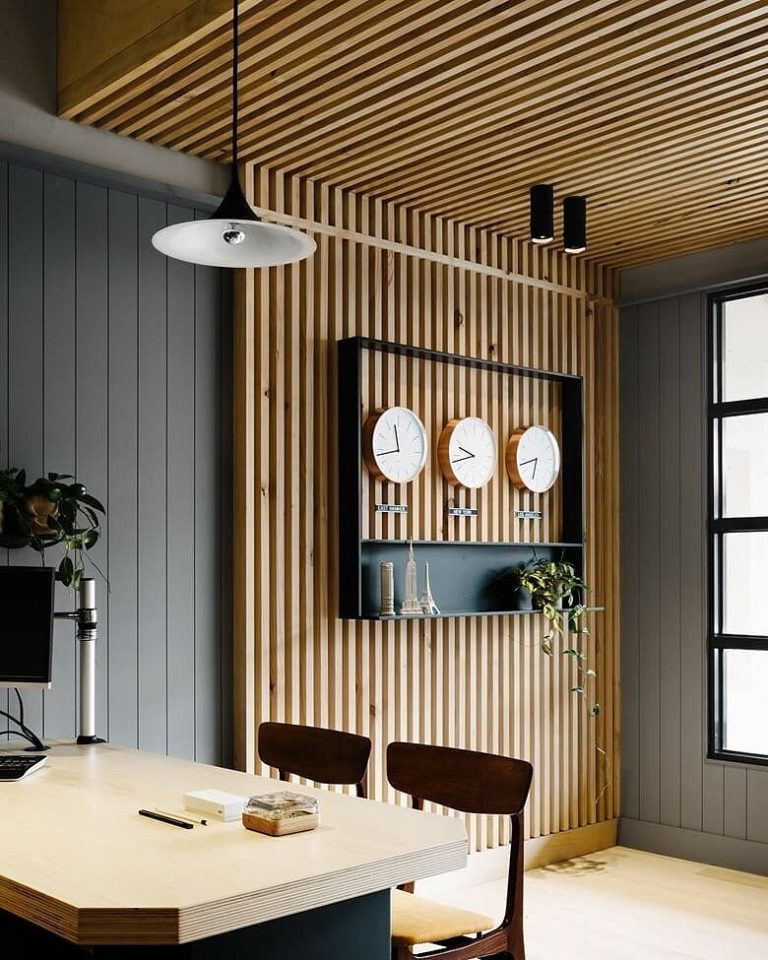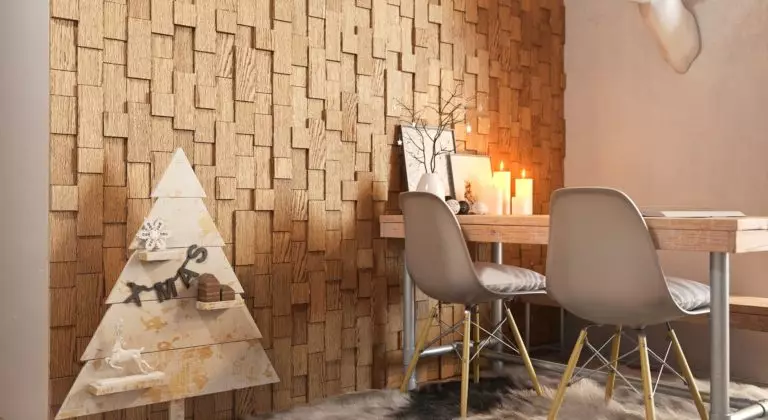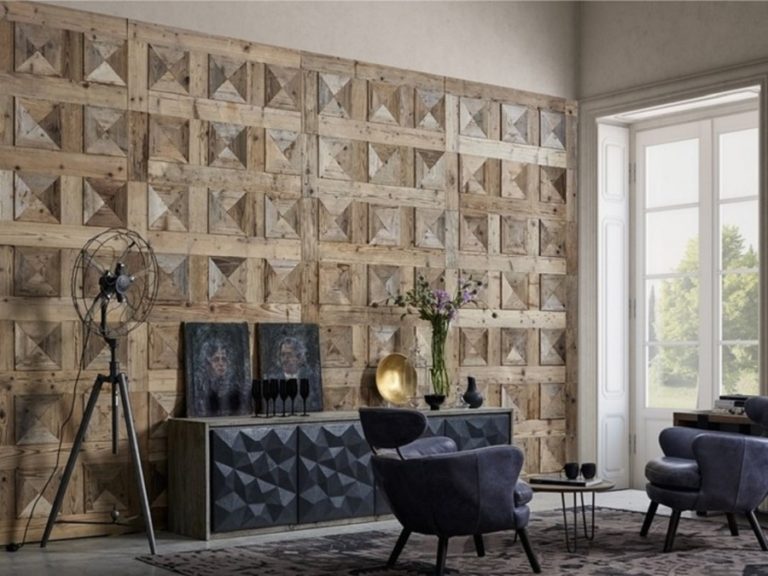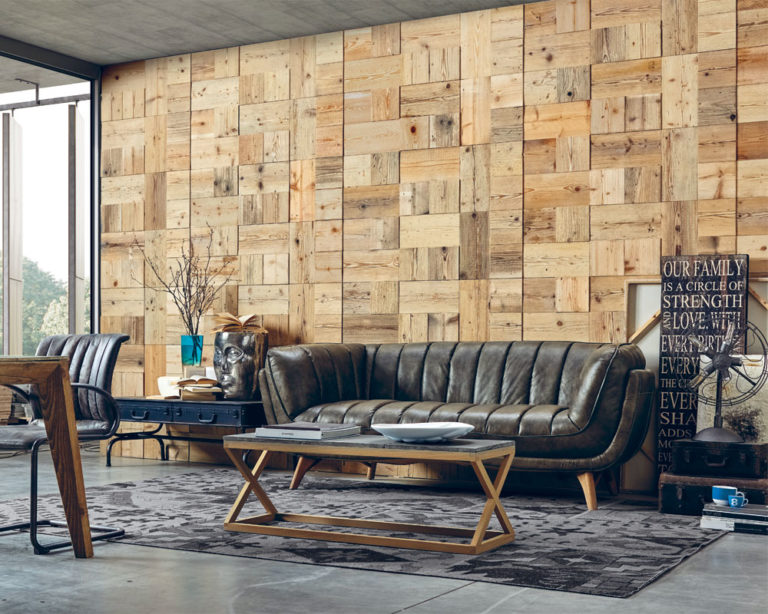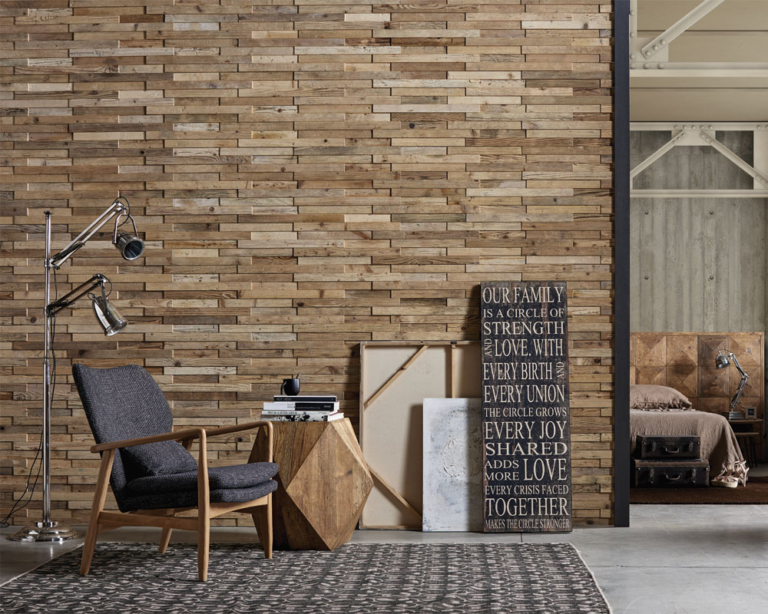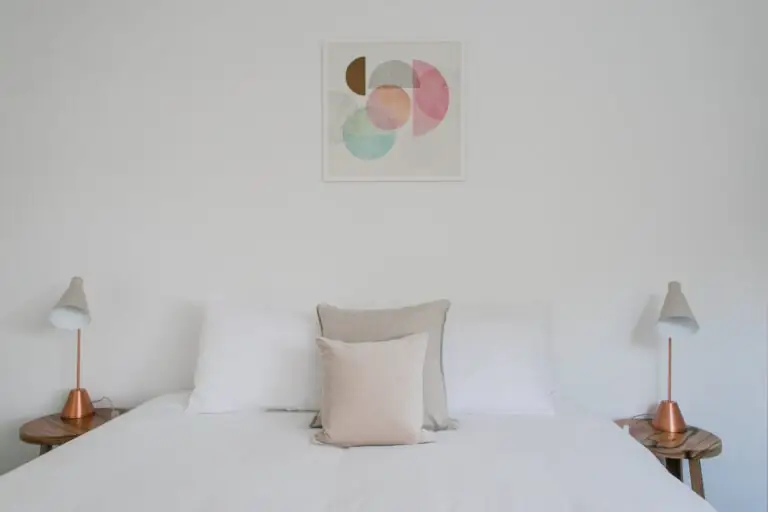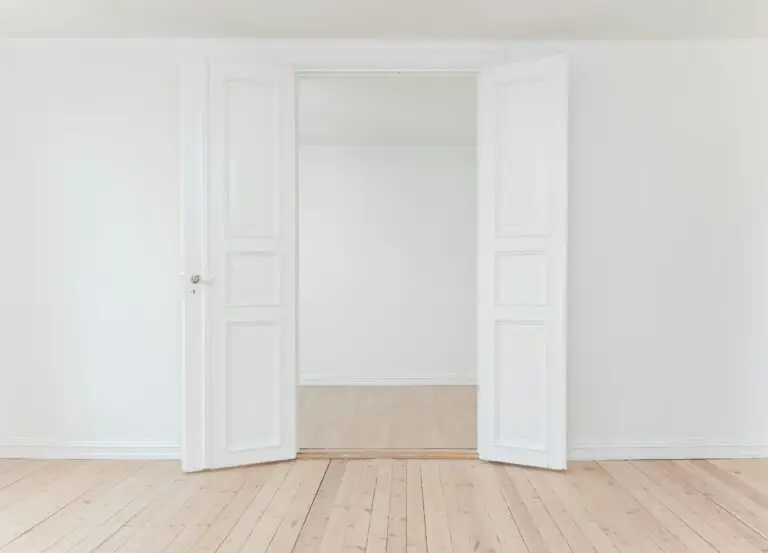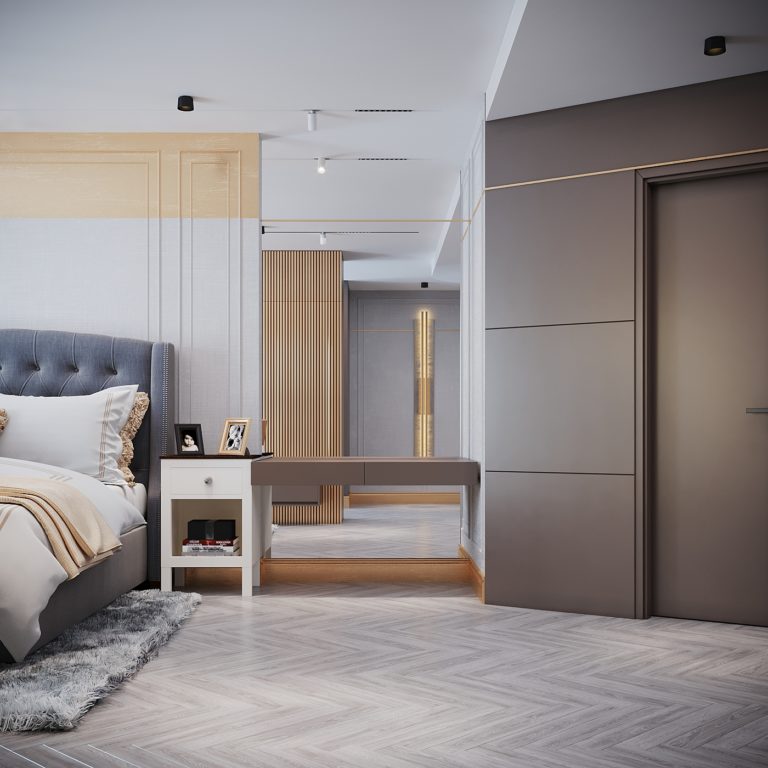Wooden wall panels: varieties and selection criteria
The use of wood in the interior decor has a long history; it is known that the palaces of the pharaohs were decorated with wooden panels. By the middle of the 19th century, panel walls became commonplace in more modest houses. In the middle of the last century, wooden wall panels were considered an old-fashioned decoration, but then, thanks to the appearance of new technologies, such panels received a rebirth and became a relevant and sought-after way of decorating the interior.
Why choose wood panels
The use of such finishes can pursue different goals, which include:
- Style. The most obvious and common reason. Wood trim fits perfectly into any style; its use ennobles the room, giving the atmosphere sophistication.
- Zoning space. Wood panels are the easiest way to set the tone and create a single space (or vice versa, highlight part of it).
- Utilitarian solution. It is convenient to hide engineering communications and all kinds of cables under the casing; the room immediately begins to look not only beautiful but also neat. Sometimes wall paneling is the easiest way to mask wall defects.
- Improved performance. Wood has its advantages: it enhances the sound and heat insulation of the room; it is a durable material that is periodically refreshed – painted or varnished.
Advantages of wooden wall panels
Among the various methods of wall decoration, many choose wall panels, in which case wood is the most advantageous option. The wooden surface combines well with most materials and therefore is appropriate in any interior. The advantages of wooden cladding include the following positive qualities:
- Aesthetics. The use of wood brings natural beauty to the interior and transforms the room.
- Durability. Quality products retain their original appearance for several decades.
- A variety of models. The number of types of products offered by the modern market is impressive.
- Variety of prices. You can choose products with the best price/quality ratio for any budget.
- Quick installation. Before installation, you do not need to level the walls, nor do you need an expensive tool.
- Practicality. Caring for a wood surface will not be time-consuming; dust is easily removed with rags. Some varieties of material will require periodic updating; the surface is refreshed with varnish or wax.
- Thermal insulation properties. Wood has a low thermal conductivity; paneled walls retain heat better.
- Environmental friendliness. Certified panels processed in compliance with technological standards will not be harmful to health.
Criteria of choice
Before acquiring wooden wall panels, solve several problems:
- Determine the budget.
- Determine the general characteristics – material, color tonality, method of decoration.
- Check certification and warranty. During operation, you may find that there are defects on individual parts – a damaged surface, damaged connection locks, and color differences.
- Choose a fixation method. Wood wall panels can be fixed in two ways.
Wooden panels: types and sizes
Decorative wall panels are conveniently grouped according to the material of manufacture. The following types of products are on sale:
- Solid wood. High-quality finishing material, which is in constant demand. Panels made of valuable species occupy a worthy place in the interior of libraries and classrooms. Panels of fewer cost varieties, often intended for painting, found more extensive application; they can be seen both in living rooms and in the corridors. This finish is not suitable for rooms with high humidity.
- Particleboard panels (from chipboard). Not so expensive is obtained by hot pressing of sawdust mixed with a binder resin. The front surface is glued with veneer or wooden mosaic; in another embodiment, it is painted after installation. Particleboard panels not badly improve the thermal insulation of the room, but are characterized by limited moisture resistance. This property excludes their use for decoration of rooms with high humidity (kitchen, balcony).
- Fiberboard panels. Like chipboards, they are formed by hot pressing, but have less weight and higher resistance to moisture, since they contain wood fibers. MDF is a type of medium-density fiberboard. The edge of the parts has a dense structure, the surface is laminated, and they are indistinguishable from reliable wood products.
- 3D panels. Individual parts from an array of different species are glued onto a plywood base by hot pressing; the result is a unique product with a complex profile. For production, only valuable and high-strength wood species are used, which (together with manufacturability) explains the high cost of this finishing material. The surface is treated with wax or varnish; the resulting film serves as reliable protection against moisture and contamination.
- From bamboo and rattan. Light and moisture resistant, they are not used as often, mainly for interiors in an exotic style (Asian, African) or country style.
The shape and dimensions of the decorative panels are selected based on the geometry of the room. Slatted products can visually increase the size of the room. The sheet material is ideal for spacious rooms, with the help of typesetting, you can focus on parts of the space.
Ways to finish the wooden panel surface
Finishing the front surface is performed in several ways:
- Wood veneer. The front exterior (a thin sheet of wood) is selected for quality and appearance. If valuable wood species are used as veneers, then the panels are like from elite products, but the cost is less.
- Lamination. The front surface is laminated (covered with a film), after which it becomes mat or glossy. The coating not only improves the appearance but also protects the base from dust, ultraviolet radiation, and mechanical damage.
- Lacquer or wax. Acrylic varnish (colorless or tinted) and wax are reliable, long-term ways to protect a wooden surface from moisture, dirt, and sunlight. Waxed panels repel water well, but need more thorough and regular care. Lacquer products are also popular, among which there are both glossy and matte, as well as more exotic options.
- Other options. Wall panels made of wood are decorated in different ways. For decorative finishes, embossing is actively used when the pattern is applied to the board by pressing. Gilding, mirror inserts, carving are used. Panels with a complex geometric relief made using milling are used to decorate interiors in classical and English styles, often for art nouveau or art deco styles.
Wood paneling methods
Paneling is a creative process. Almost unlimited choice of types of wood, colors, and textures makes it possible to create a unique interior in each house. With all the variety of options, panel finishing is located in three ways:
- On a part of the wall. The traditional method, which is universally used by many people. The panels occupy the bottom of the wall, and a simple rule regulates their height: the height of the finish should be one-third of the height of the wall (not higher than 120 cm). If this rule is not respected, the ceiling (and with it the room) will look visually lower than it is. The bottom trim is a popular solution for the hall, living room, dining room, and corridor.
- All over the wall. Full wall decoration is used when the owners want the room to look reliable and status. It is suitable to use in an office, library, or billiard room.
- Decorative accent. Facing a fragment of the wall will not make the space heavier and will not reduce the size. In this way, you can effectively zone a spacious room, and the choice of even expensive panels for this role will not hit your pocket too much. The method is widely used in the design of the hall, living room, and bedroom.
Wooden wall panels in different rooms
Wooden wall panels in the office
Often used when decorating a key wall in an office (one that is located opposite bookshelves). Such a wall can be placed on the TV wall or an artificial fireplace to dilute the colors and twist it. Looks great both in the light version and in the contrasting dark finish.
Wooden wall panels in the living room
The most crucial advantage of wooden wall panels is a large selection of colors and textures. Therefore, you can enter such a wall in almost any interior – and it will look gorgeous. It is necessary to distinguish between panels made of artificial materials (including wood) and panels made of natural materials. The second, of course, is much more expensive, but they also look much more elegant. You can use the backlit panels to visually divide the wall, or use different shades or even a shape, combining them.
Wooden wall panels in the bedroom
It’s nice to look at a wall decorated with wood. For strict bedrooms, dark colors are often used, and for those who love light colors, there are also wall panels that radiate warmth and comfort. They help to brighten the room significantly or, conversely, help to complement the interior with bright details that emphasize the general decor idea.
Wooden wall panels in the kitchen
Wood panels for wall decoration in the kitchen are as popular as tiles. At the same time, you can use them in various variations – be it a full wall decoration or just a kitchen backsplash. You can also cover the bottom of the furniture by closing or separating the space.
Wooden wall panels in the bathroom
Perhaps the essential requirement when using wall panels in the bathroom is their moisture resistance. It is a good option for decorating the wall by the mirror or the wall where the shower or bath is located. It goes well with wood-like tiles.
Conclusion+photo gallery
Wall cladding with decorative wooden panels becomes a popular type of decoration. An increasing number of owners prefer this method as the fastest, affordable, and high quality. Wooden panels are the perfect decoration for your living room, bedroom, or office. For decades, they will maintain the comfort and respectability of housing.
